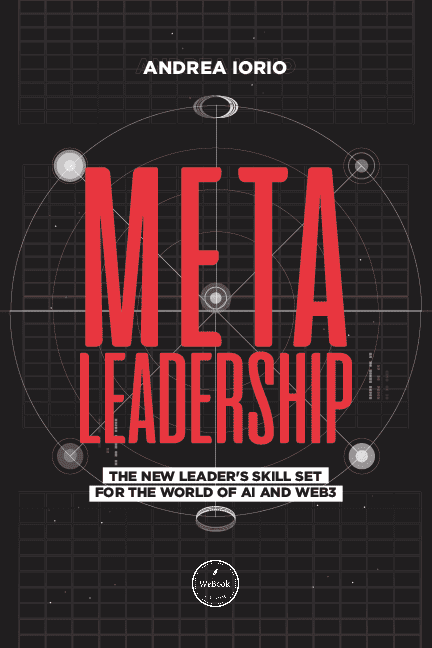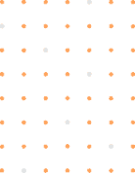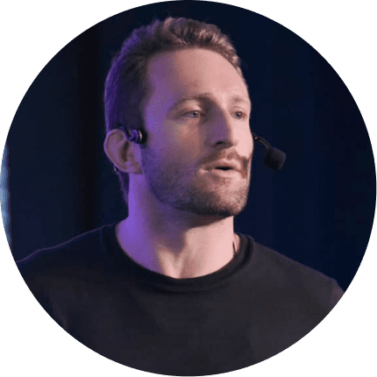Have you ever heard of The Go! app? Well, it was developed in partnership between Enjin and Health Hero.
The Go! app collects activity and wellness data through an integration with health tracking devices and apps like Apple Health, Google Fit, and Fitbit. Based on this data, the app generates unique W-NFTs with a set of features designed to imbue scarcity into the token.
Then, each user is able to create a token unique to their health and activity characteristics. As they input more activity statistics and well-being parameters, the corresponding W-NFT acquires new traits and features, making it even more unique and rare. The NFTs can then potentially be traded and exchanged for Enjin Coin (ENJ) on the Enjin Marketplace.
Turns out that this creates a win-win situation: on the company's side, they get more access to data, which is key to them, and on the user’s side, he or she can get a clear way to have their data monetized and further protected. Amazing!
This makes us a little bit closer to understanding that there’s a huge opportunity in the use NFTs to protect and better share data, IP, and knowledge, as well as to improve collaboration. This is exactly what we are going to talk about in this article.
Let’s start off refreshing our memory with a quick reminder of what NFTs are: NFTs are blockchain-based units of value or “tokens”, with a unique ID linked to an underlying asset. The most commonly used blockchain for an NFT is the Etherium blockchain, but NFTs are also held on other blockchains.
NFTs are composed of software code in the form of a so-called "smart contract”. It is the smart contract that contains details of the underlying digital or physical asset(s) to which the NFT relates, and also the rules and rights that attach to the NFT (for example, a rule that the original creator of the NFT gets paid a percentage of any subsequent resale value).
The value in an NFT is derived from it being “non-fungible”, meaning that the token cannot be replaced with an identical token (giving its inherent scarcity). This is in contrast to the fungible nature of crypto-currency or government-issued fiat currency, where each unit of the currency is identical in value and therefore interchangeable with each other unit of the currency.
The easiest way to understand an NFT is by using an analogy of a limited edition print of an artwork. In the physical world, an artist would sign the physical print and include a print number (for example, one of five). The artist’s signature and the print number are not the artwork but a means of authenticating the artwork.
Let’s make it clear that NFTs are not an exclusive tool for the art world, but can be used for any digital file such as audio, videos, items in video games, and other forms of creative work...even data can be transformed into a NFT. This is where things get really interesting: think about the current conflict that we have between data sharing and privacy, it can really be solved through NFTs and tokenization.
Let me better explain: data is the most precious commodity of the 21st century, yet we give it away for free. When social media first arrived on the scene, the deal seemed pretty good; we got free entertainment at the cost of watching a few personalized ads.
Time has revealed just how one-sided these deals are. Big Tech accumulates eye-watering profits off the traces of our digital behavior, and we’re just starting to realize how little we get in return.
It is simple but hugely profitable. Companies collect information and sell it — they trade everything they learn from and about us with others. The global data broker market is expected to reach a whopping $345 billion by 2026. In the meantime, Big Tech players are profiting more as we get more and more consumed with the digital world. According to its 2019 annual report, Facebook generated $41.41 per quarter from every user in Canada and the U.S. alone. But NFTs can come and solve this problem: Non-Fungible Tokens (NFTs) could balance the scales. By applying the immutable digital stamp onto the data we emit, NFTs could be the private tool we use to track, manage and sell our data to the most desirable or highest bidder. NFTs place the power of choice in the hands of every individual by allowing them to create a programmable logic that defines the price and the nature of their data offering. For example, I can offer my online browsing data, my medical data or home utility usage data to the highest bidder.
But what about privacy?
In Post-Cambridge Analytica world, there’s a real gap in trust. This can also be addressed by the use of NFTs. My data is my private asset and I will be willing to sell it on an exclusive or shared basis at the right price. Exclusivity and privacy that is controlled by each individual via their privately and uniquely generated NFTs and not by some Big Tech. Distributed ownership of data without centralized control, secured by NFTs, could make massive data hacks a thing of the past.
NFTs enable online ownership — it is only logical that this ownership should extend to our data too. They can also solve the privacy dilemma without government intrusion.
Let’s look at a great example: health data. Would you prefer to keep your health data privacy, or to be able to share your health data with health companies in exchange for better prevention, or even data monetization? I’d go for the second option, which is only possible through NFTs.
NFTs represent a unique potential in the digital health age: that of patients, rather than companies, would own their digital healthcare data. With such a level of ownership, patients could leverage its advantage to monetize their data rather than having companies profit off them, as has been traditionally the case. As we dive into the digital health era, personal health sensors and apps equip patients with personalized data so that they can become more proactive in managing their health. Unfortunately, the current norm is that these sensitive data are governed by the companies providing these services; and they often profit out of it, oblivious to patients. For example, the pregnancy-tracking app Ovia was found to sell aggregated data of its users to employers. Similarly, 23andMe intends to develop drugs based on the genetic database it amassed from customers who used its genetic testing kits, the latter might not even have been made explicitly aware of such potential use of their data.
But let’s look at this alternative scenario: say you’ve decided to order a direct-to-consumer DNA testing kit in order to have a nutrition plan tailored to your genetic makeup by a private company. You also know that the latter might sell your genetic data to third parties for research purposes. But you settle for the service anyway because it’s the most accurate way to get a personalized diet at a relatively affordable price.
Now, if your genetic data were minted as NFTs, the information will come with an inherent feature to be tracked. You would be able to see where it ends up, and hold those who used it without your permission accountable since you are the sole owner of the data, as certified by the NFT authentication. Moreover, the NFT owner can enable a feature to earn money whenever a transaction occurs with the data. In the aforementioned examples of Ovia and 23andMe, patients whose data are being used by the companies aren’t earning a cent. But with an NFT approach, companies offering digital health services could encourage patients to participate in studies by contributing their data and earning from it. Other third parties interested in utilizing the data for research or developing new products could reach out directly to patients on a digital marketplace. The main difference here compared to the traditional approach, is that patients really do have the choice to share their data in a more informed manner.
While much about NFT in healthcare is still speculative at this point, there are some startups that are exploring this potential. One such company is Aimedis, which has a medical NFT marketplace where patients can participate in transactions involving their health data. There’s also the initial example that we made about Go!
Now, it is not easy to perform this migration: However, there are several potential roadblocks to adopting the technology en masse in the near future, especially in healthcare. As it stands, blockchain technology runs quite inefficiently, with large amounts of energy required for minor transactions. This is further tied to significant greenhouse gas emissions, which add to climate change. As such, NFTs might not be outright commercially viable in the near future. But alternatives for NFT minting are in the works that could use a fraction of the computing power currently involved in their transactions.
Then there is the issue of whether companies offering digital health services will actually want to adopt the technology. They might not be particularly enticed by the idea of sharing their profits with patients, from whom they’ve traditionally been profiting off and not the other way round.
The potential is there though, and we should work on harnessing this great power!









